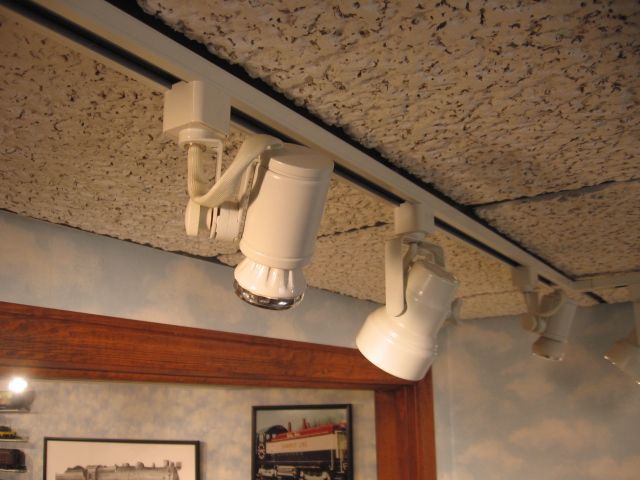I am going to be ordering G10 based dimmable LED lamps to replace my incandescent ones in train room. I have two choices:
First is a 50W, 3000*K warm white, 25 degree spot. For bedrooms and living rooms; providing a traditional warm, cozy feel.
Second is 50W, 6000*K, daylight white, 25 degree spot, For reading, intricate projects, provides greatest contrasts among colors.
The first set I ordered were daylight white which I said in another topic showed all the layout warts and oops, and was somewhat garish, plus were not dimmable thus couldn't assess if dimming would have helped. Based on that experience, perhaps I am answering my question, re: what has been forum members experience withdimmable LED spots of either color temperature, and did dimming bulbs soften and/or enhance layout?







